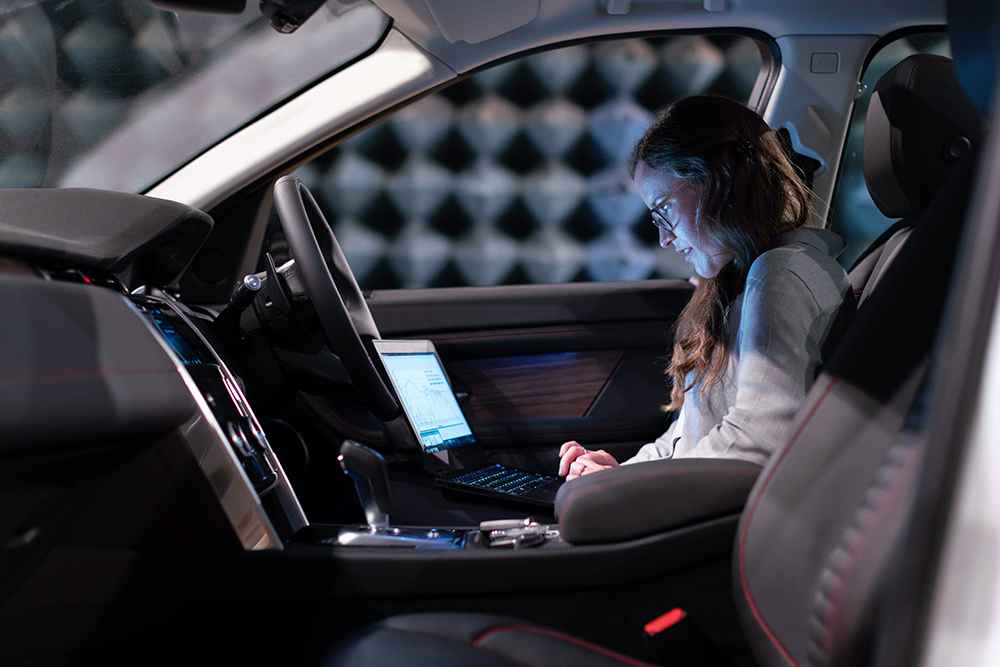Agrim Gupta, Fei-Fei Li and other scientists from Stanford University use so-called unimals “to explore two questions that often get overlooked in AI research: how intelligence is tied to the way bodies are laid out, and how abilities can be developed through evolution as well as learned” (MIT Technology Review, 19 October 2021). MIT Technology Review quotes Josh Bongard from University of Vermont as saying: “This work is an important step in a decades-long attempt to better understand the body-brain relationship in robots” (MIT Technology Review, 19 October 2021). The research seems like a continuation of the embodiment movement, which the Swiss Rolf Pfeifer played a major role in shaping. And indeed, Bongard says: “Embodiment is our only hope of making machines that are both smart and safe.” (MIT Technology Review, 19 October 2021) The unimals look a bit like figures from the cycle “Bizzarie di varie figure” by Giovanni Battista Braccelli. The drawings from the year 1624 show embodiments of cubes, wires, and machine parts. However, they are static, while the unimals move and constantly change their bodies – the title of the article in the magazine reads accordingly: “These weird virtual creatures evolve their bodies to solve problems” …
Towards Human-friendly Robot Cars
According to a news story by University of Leeds, robot cars and other automated vehicles could be made more pedestrian-friendly thanks to new research which could help predict when people will cross the road. Leeds scientists say “that neuroscientific theories of how the brain makes decisions can be used in automated vehicle technology to improve safety and make them more human-friendly” (University of Leeds, 5 October 2021). “The researchers set out to determine whether a decision-making model called drift diffusion could predict when pedestrians would cross a road in front of approaching cars, and whether it could be used in scenarios where the car gives way to the pedestrian, either with or without explicit signals. This prediction capability will allow the autonomous vehicle to communicate more effectively with pedestrians, in terms of its movements in traffic and any external signals such as flashing lights, to maximise traffic flow and decrease uncertainty.” (University of Leeds, 5 October 2021) In fact, communication between automated vehicles and pedestrians or cyclists is the crucial problem to be solved in cities. Predictive models can be used, as well as communication options such as eye contact and natural language. For this to happen, however, the autonomous car would have to become a social robot.

